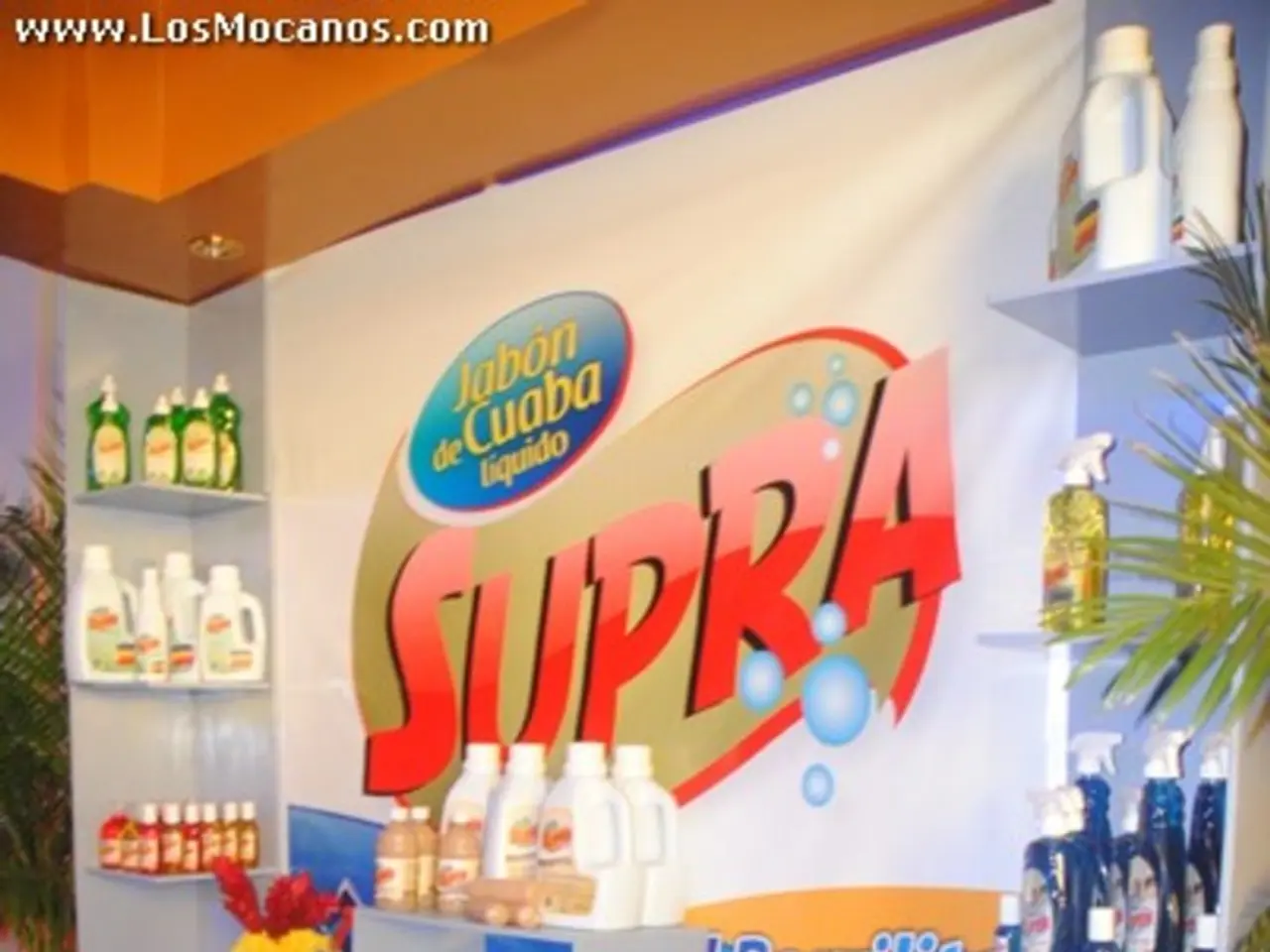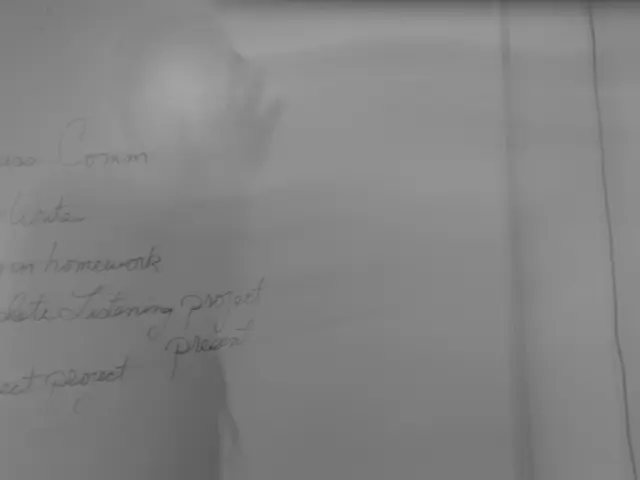Financial Aspects of Property, Buildings, and Machinery (PPE): Analyzing Financial Statements
In the world of business, depreciation plays a crucial role in understanding a company's financial health. This article delves into the depreciation practices of two prominent entities: Cummins, a leading engine manufacturer, and Singapore Airlines, a renowned aviation giant.
Let's start with Cummins. In 2015, the company reported that 49 percent of its plant and equipment was used, marking a slight increase from the 48 percent utilisation in 2014. This suggests that Cummins may not have invested heavily in new Plant, Property, and Equipment (PPE) during 2015. However, it's important to note that a higher depreciation rate could indicate a need for more investment in replacing worn-out assets.
The concept of depreciation is used to record the cost of PPE wearing out over time. In 2015, Cummins estimated its depreciation for the year and added it to prior years, updating the accumulated depreciation amount to $3,577 million (or $3.577 billion) at the end of the year.
Now, let's shift our focus to Singapore Airlines. Over the last 15 years, the airline's useful lives for aircraft have been increasing as their strategy of using new airplanes has changed. In contrast, American Airlines depreciates most of its aircraft over 25 to 30 years, reflecting a different operating strategy between the two airlines.
The idea of depreciation is also crucial in the aviation industry. Managers must be cautious when citing improvements in Return on Assets (ROA) as evidence of successful management activities, as letting PPE wear out without replacement can artificially inflate ROA. Analyzing PPE disclosures can help highlight potential problems with ROA.
It's worth mentioning that property, such as land, is not depreciated because it is assumed not to wear out. However, the search results do not contain information about the current main owner of the land listed in Cummins, Inc.'s business report, the aging of this land, or investment signals derived from it.
Most entities, including Cummins and Singapore Airlines, use straight line depreciation to estimate depreciation. The calculation for straight line depreciation is simple: (Cost - Residual Value) ÷ Useful Life = Annual Depreciation Cost.
In conclusion, understanding depreciation is essential for evaluating a company's financial health and operational strategies. While Cummins seems to have a higher depreciation rate, indicating potential need for investment, Singapore Airlines' strategy of maintaining newer aircraft has resulted in a longer useful life for their assets. However, it's important to remember that these strategies come with their own set of advantages and challenges.
Read also:
- Trade Disputes Escalate: Trump Imposes Tariffs, India Retaliates; threatened boycott ranges from McDonald's, Coca-Cola to iPhones
- Aquatech purchases Koch's Direct Lithium Extraction business, merging Li-ProTM DLE technology into the PEARLTM Technology Platform.
- Nepal's Journey: Evolution from Street Life to Political Power
- Li Auto faces scrutiny after crash test involving i8 model and a truck manufacturer sparks controversy




